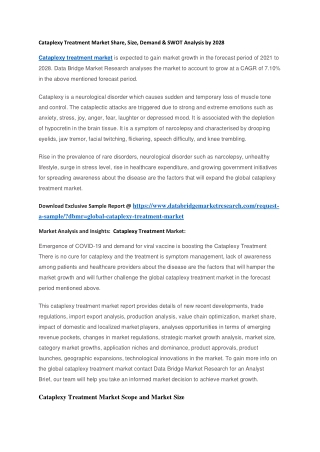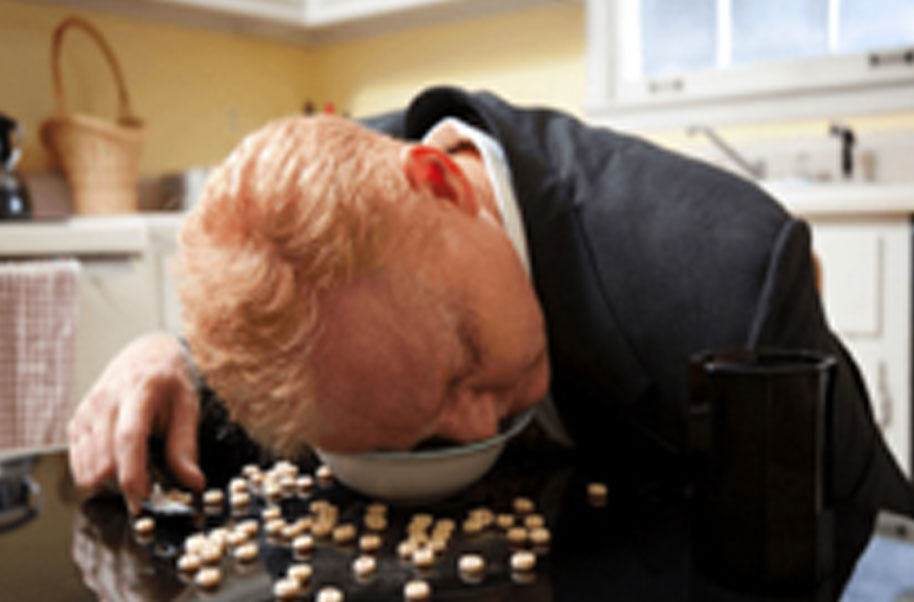

When taken as prescribed, there is a low risk of dependency. Methylphenidate is a Schedule II controlled substance. Methylphenidate is FDA approved for adults and children over 6 years old. It works by activating the CNS and increasing the level of dopamine, a feel-good neurotransmitter in your brain, to help you stay more alert during the day. You may be familiar with the brand name Ritalin (methylphenidate) for its association with attention deficit hyperactivity disorder (ADHD), but it’s an effective stimulant for the treatment of narcolepsy symptoms, as well. If you have a history of a substance use disorder, letting your doctor know before starting this medication can help them determine if this treatment is right for you. Sodium oxybate is a Schedule III controlled substance because it has the potential for dependency and misuse. help you wake up feeling refreshed (instead of drowsy).In 2018, the FDA approved its use in children over 7 years old. Since 2002, sodium oxybate has been FDA approved for use in adults living with narcolepsy. While you’re resting, it increases the amount of time that you spend in a deep sleep state. Xyrem (sodium oxybate) is a central nervous system (CNS) depressant. Importantly, management also needs to involve sleep hygiene advice, safety measures whenever applicable and guidance with regard to the social sequelae of cataplexy.Ĭataplexy Drop attacks Narcolepsy Pseudocataplexy Sodium oxybate Syncope.To date, the Food and Drug Administration (FDA) has approved seven prescription medications to treat narcolepsy. Symptomatic treatment is possible with antidepressants and sodium oxybate.
#Cataplexy treatment series#
Over time, these severe symptoms evolve to the milder adult phenotype, and this pattern is crucial to recognize when assessing the outcome of uncontrolled case series with potential treatments such as immunomodulation. Cataplexy shows remarkable differences in childhood compared to adults, with profound facial hypotonia and complex active motor phenomena.

Currently, the diagnosis of cataplexy is made almost solely on clinical grounds, based on history taking and (home) videos. Childhood narcolepsy, with its profound facial hypotonia, can be confused with neuromuscular disorders, and the active motor phenomenona resemble those found in childhood movement disorders such as Sydenham's chorea. They can be differentiated from cataplexy using thorough history taking, supplemented with (home)video recordings whenever possible. Cataplexy mimics include syncope, epilepsy, hyperekplexia, drop attacks and pseudocataplexy.

Next to narcolepsy, cataplexy can sometimes be caused by other diseases, such as Niemann-Pick type C, Prader Willi Syndrome, or lesions in the hypothalamic or pontomedullary region. Moreover, childhood cataplexy differs from the presentation in adults, with a prominent facial involvement, already evident without clear emotional triggers ('cataplectic facies') and 'active' motor phenomena especially of the tongue and perioral muscles. The expression of cataplexy varies widely, from partial episodes affecting only the neck muscles to generalized attacks leading to falls. Although cataplexy is rare, its recognition is important as in most cases, it leads to a diagnosis of narcolepsy, a disorder that still takes a median of 9 years to be diagnosed. This review describes the diagnosis and management of cataplexy: attacks of bilateral loss of muscle tone, triggered by emotions and with preserved consciousness.


 0 kommentar(er)
0 kommentar(er)
